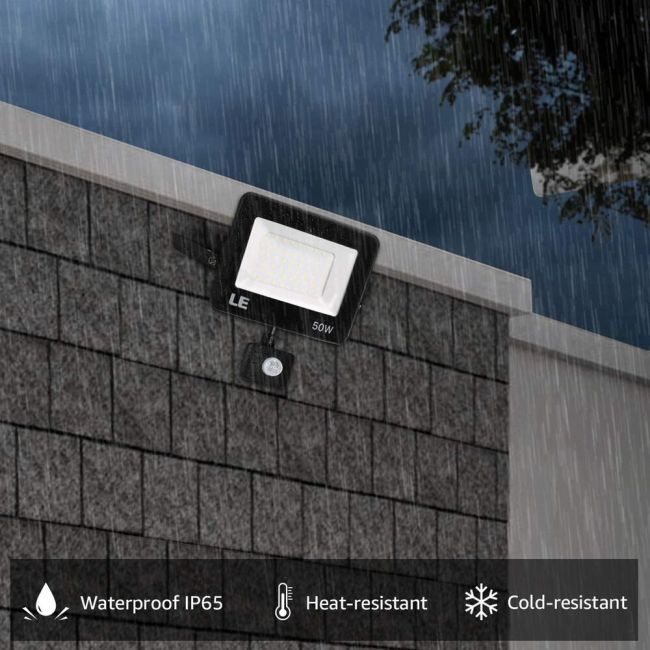Groping shadowy rooms for switches. Blindly stumbling, risking injury from hidden furniture. Darkness shrouds dangers underfoot. Motion lights illuminate automatically on entry, ending blind navigation.
Motion sensor lights automatically activate when entered, banishing darkness. No more blind stumbling in shadowy rooms, risking injury from unseen obstacles. Hands-free illumination provides safety and convenience.
This post covers five advantages of installing motion sensor lighting at home and work.
Five Advantages of Installing Motion Sensor Lights
Motion-activated lighting offers convenient hands-free illumination in your home. Key advantages are energy savings from automatic shut-off, increased security from unexpected light when motion is detected, no more fumbling for switches in the dark, cost reductions from less electricity use, and a high-tech upgrade to your living space.
- Energy Savings: Motion-activated lights automatically turn on when detecting occupancy and then switch off after an area is vacant. This eliminates wasted electricity from leaving lights on unused, making motion sensor lighting far more energy efficient and saving money monthly versus traditional always-on fixtures.
- Security: Motion-sensing lights heighten property security by deterring intruders who could otherwise lurk undetected in darkness. Criminals are often discouraged knowing sudden illumination from activation could draw attention, making motion detectors a theft deterrent.
- Convenience: Motion-activated lighting offers the convenience of hands-free brightness whenever needed without manually turning lights on/off. It also removes wasted time blindly searching for switches in dark spaces. Illumination activates effortlessly upon entry
- Reduced expenses: Motion sensing lights save money by using less energy versus old-fashioned lighting, and lasting longer before needing bulb replacement. Sensors automatically turn lights off when an area is vacant, reducing electricity usage and your bills. Overall, motion-activated lighting provides cost-effective illumination.
- Safety: Motion detection enhances safety by notifying you of any activity around your property 24/7. Sensors spot movement and activate lighting, making it harder for nefarious individuals to sneak onto the premises unnoticed.
In summary, motion-sensing lights provide multiple advantages for residential and commercial spaces. Key benefits include enhanced energy efficiency, heightened security, convenient hands-free operation, and cost savings from reduced electricity usage and longer-lasting bulbs. Both indoor and outdoor motion detectors deliver improved safety, superior lighting, and long-term savings. Automated illumination offers a smart upgrade over traditional lighting.
What are the Disadvantages of Motion Sensor Lights?
While convenient, motion-sensing outdoor lights have limitations like false triggers, restricted coverage, and tricky installation. Consider these disadvantages before installing motion-activated exterior lighting.
- Accidental Triggering: Motion detectors can falsely activate from environmental disturbances – wind gusts, passing vehicles, animals moving within range, etc. This causes exterior lights to cycle on/off needlessly at night, wasting energy. Frequent false triggers are a downside.
- Price: Though inexpensive per unit, covering large areas with motion detectors grows costly from needing multiple units.
- Control Issues: Motion-activated lighting lacks manual overrides and stays illuminated perpetually when triggered. In high-traffic areas, this causes excessive light pollution all night from continual activation.
- Consumption of batteries: Frequent battery drainage necessitates periodic replacement or recharging due to the heavy load from constant motion detector activation/deactivation.
Recognizing limitations like false triggers, cost factors, light pollution, and battery drain allows an educated decision about utilizing motion-activated lighting.




